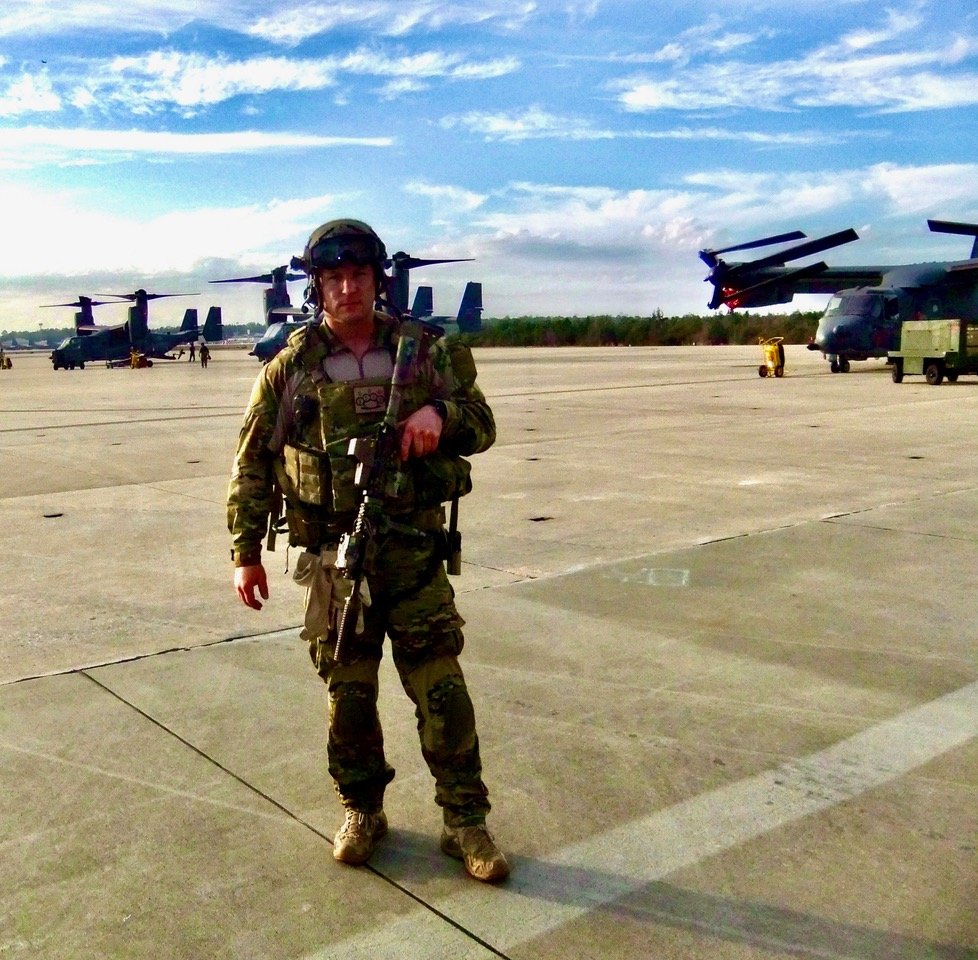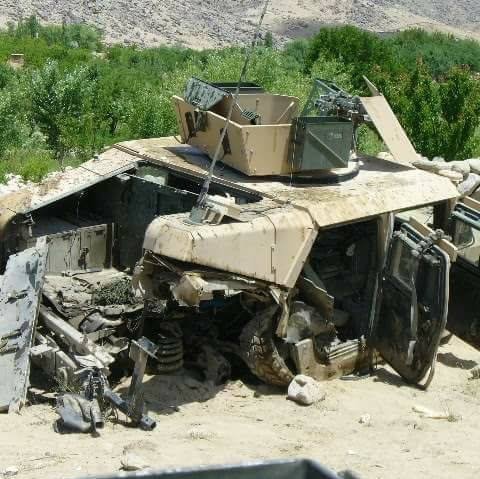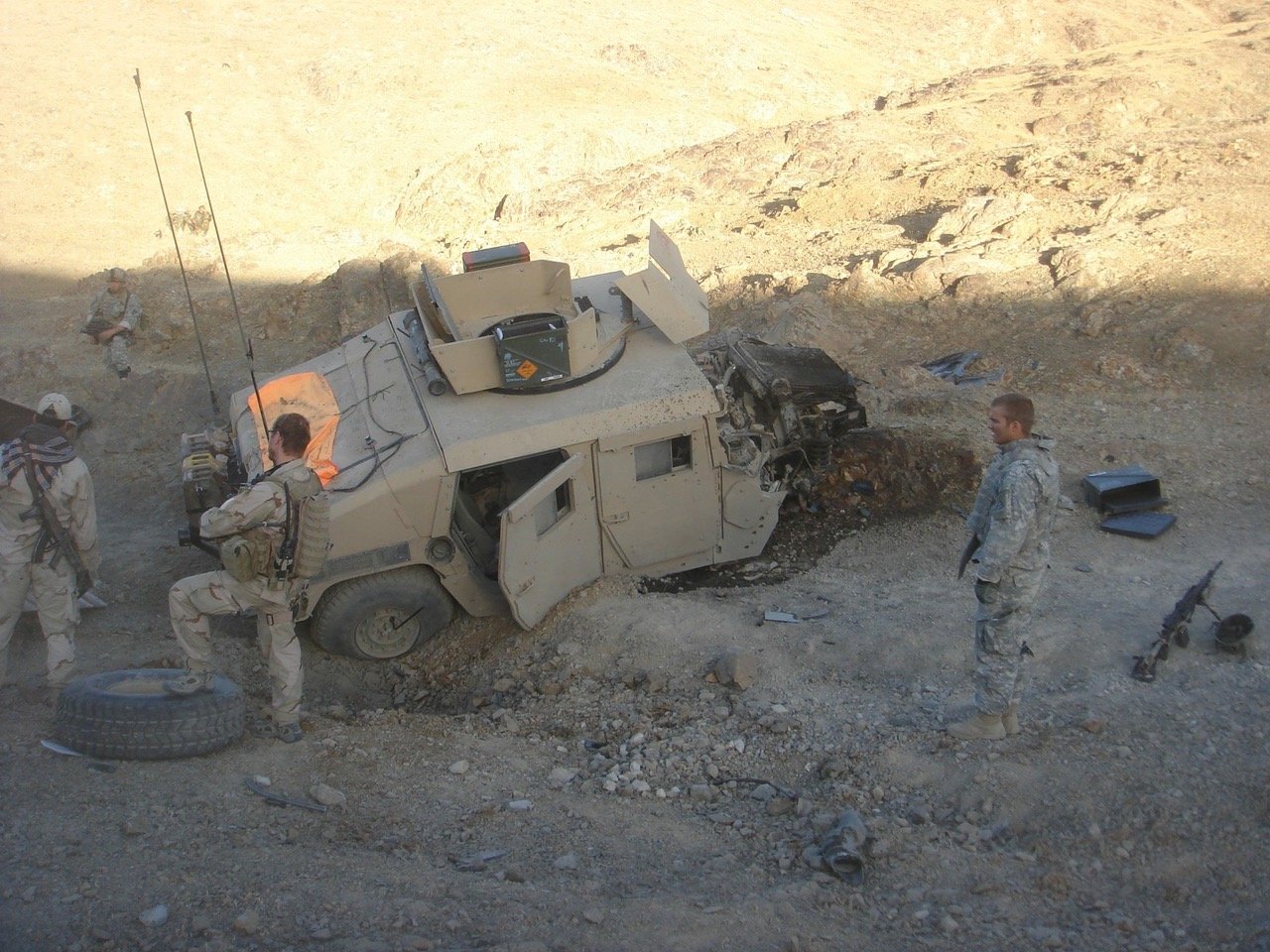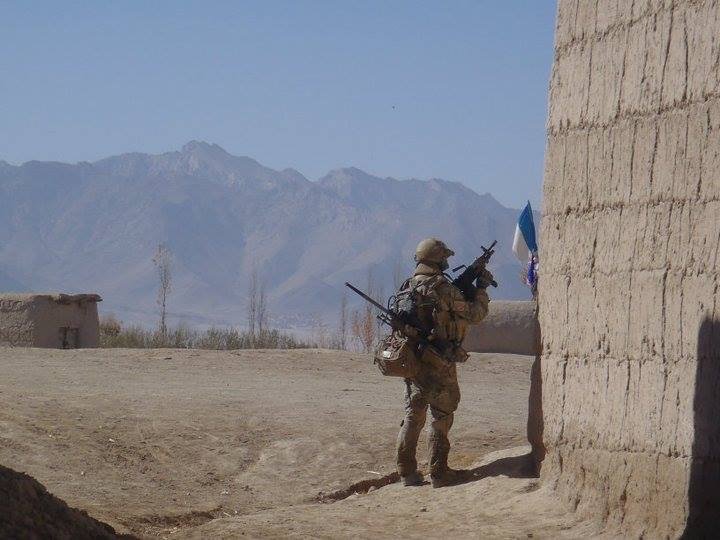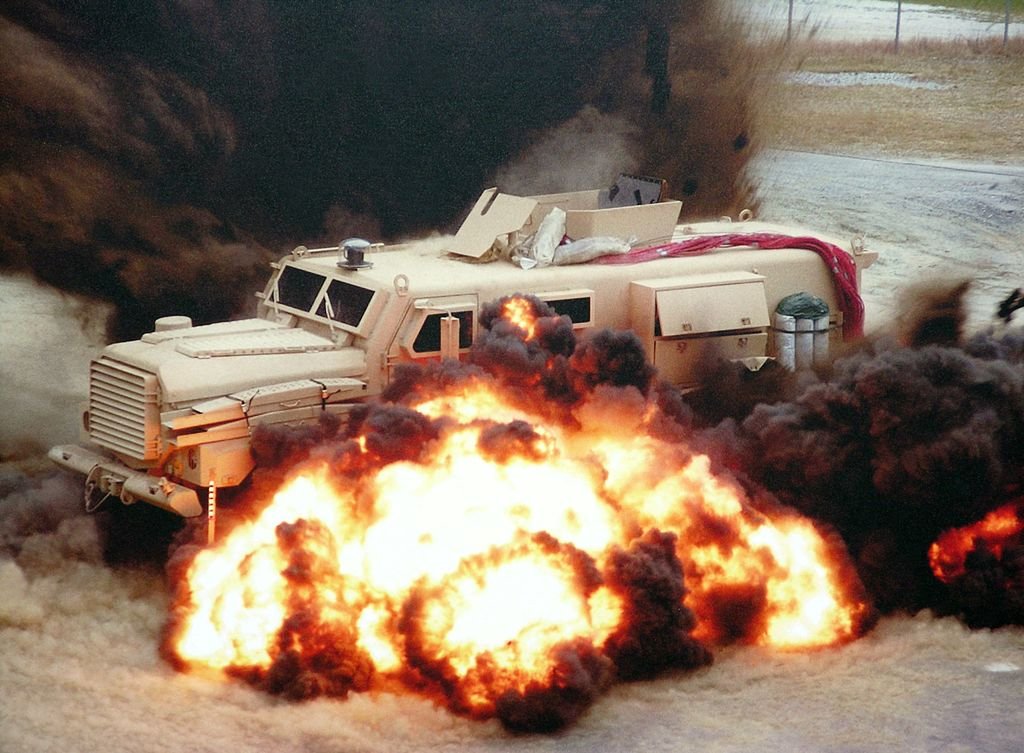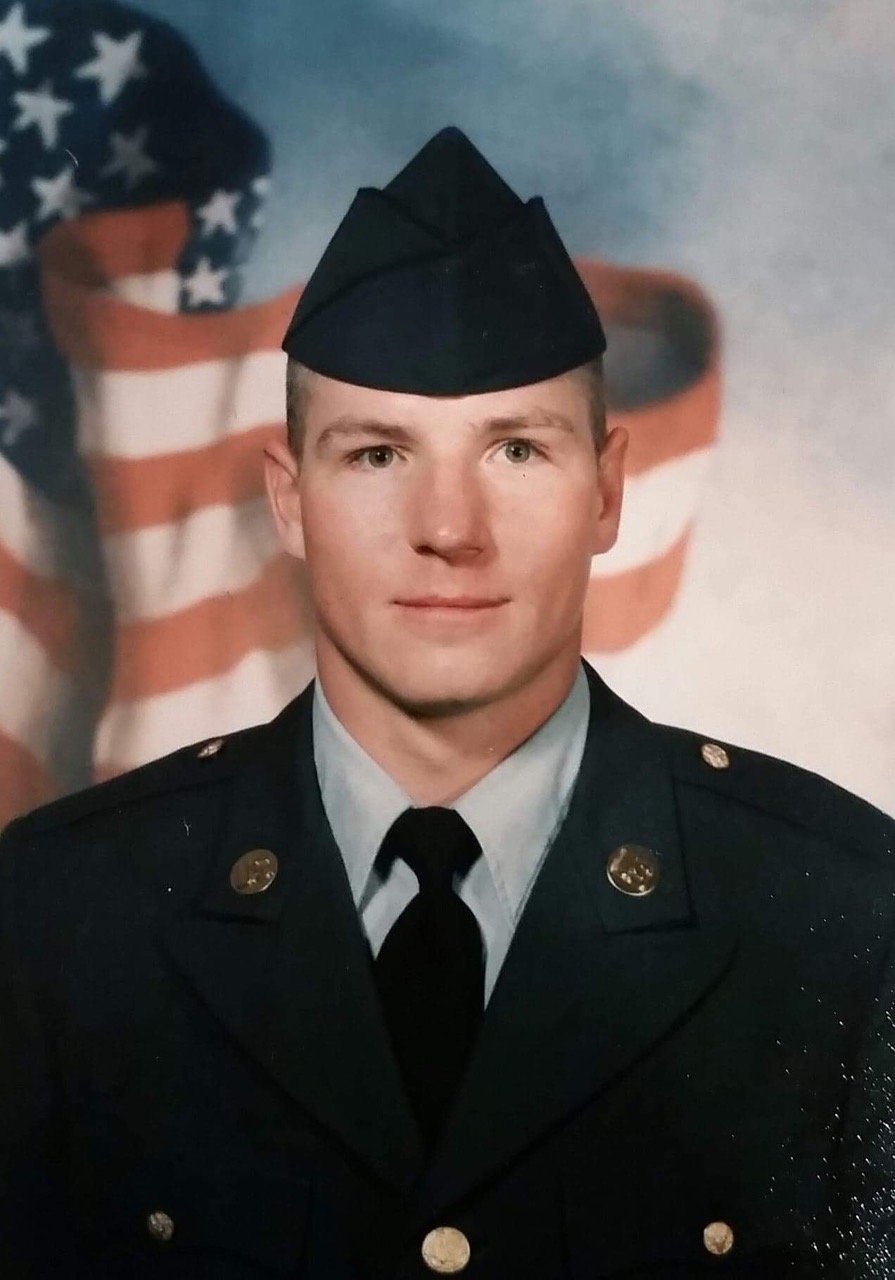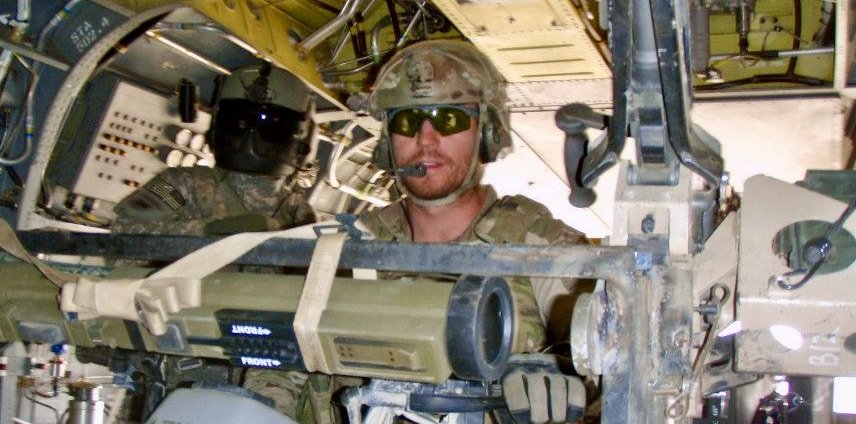Our mission is to provide recovery and recognition to wounded service members.
There is a quickly growing breadth of knowledge about the detrimental effects of blast-related traumatic brain injuries (TBIs) on service members. Left untreated, there are a plethora of symptoms that make it impossible for veterans to try and live normal lives. After sacrificing so much, these service members have been rewarded with no recognition of their injury and have been left only with ineffective treatment if they received any.
Active service members and Veterans with a combat-related traumatic brain injury (TBI) are four times more likely to attempt suicide than those without a TBI." Veterans with TBI’s have the highest rates of suicide of any group measured. Service members with a TBI who have not received their Purple Heart are at higher risk. (Citation for TBI suicide #’s)
Share of U.S. Active Duty Military Deaths
Joshua Lindstrom
Founder, Blastology
The most pressing long-term effect is the rate at which service members with traumatic brain injuries (TBIs) are taking their own lives. It has been shown that there is a comorbidity between service members with TBIs and not having received a Purple Heart. Blast-related injuries result from various mechanisms related to the nature of the blast overpressure wave and secondary and tertiary injuries, resulting in diffuse axonal injuries. In layman's terms, the blasts cause the brain to move within the skull and cause tearing of the brain’s nerve fibers. The “invisibility” of TBIs can lead service members to attribute their altered state of mind to anything other than a physical injury. The Purple Heart, along with the recognition of the sacrifice made by the service members, validates the “invisible” injury and can be the first step to treatment and recovery.
Only in 2011 did the Department of Defense make TBIs a qualifying injury for a Purple Heart, and only a small handful of veterans with TBIs have received Purple Hearts. There is a startling lack of effective treatment for these types of injuries. More often than not, the symptoms are treated without addressing the core issue. Medications for seizures, sleeping, depression, anxiety and the kind are dolled out, but ultimately to no avail. One of the only effective treatments that has been shown to drastically improve symptoms and quality of life is intranasal stem cell treatment (See the study). This treatment works by using one’s own stem cells that are taken from the body and inserted through the nose directly to the brain. The stem cells work to repair the damaged neurons and the treatment has been shown to be incredibly effective in reducing and relieving symptoms.
Blastology Foundation aims to fund and facilitate this “Tip of the Spear” stem cell treatment for our servicemembers. Along with the stem cell treatment, we hope to help service members claim the Purple Hearts they rightfully deserve.



